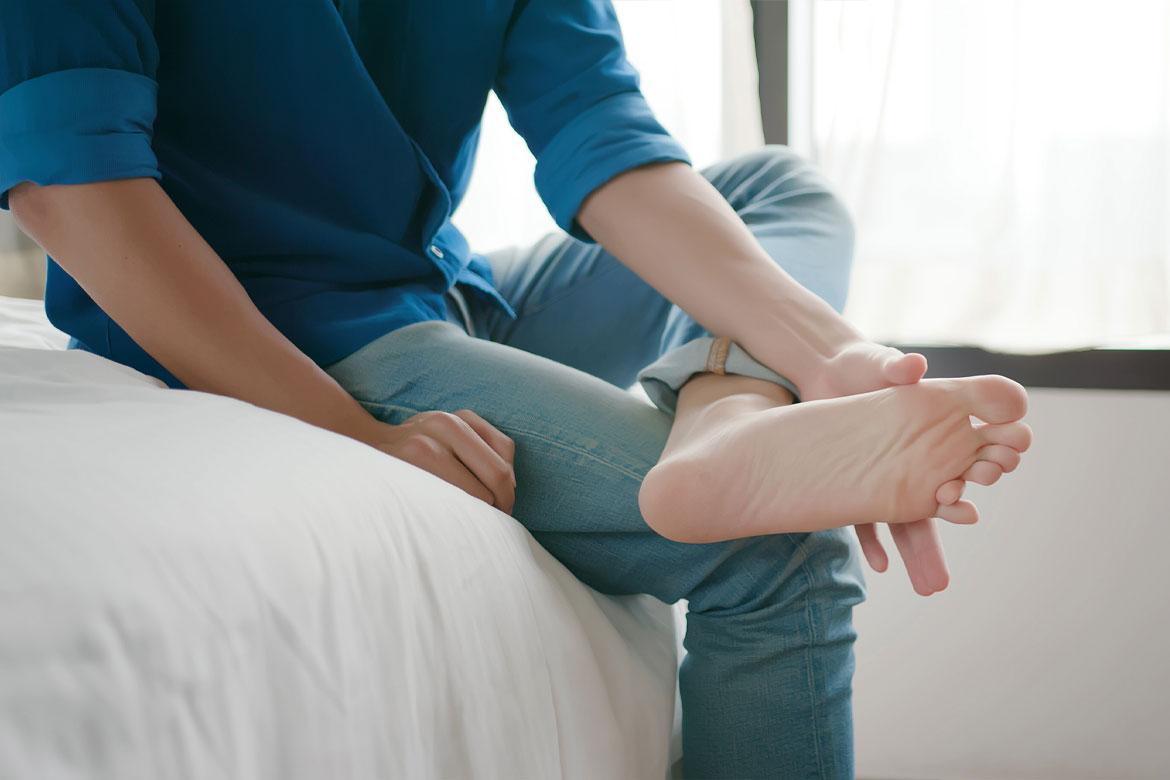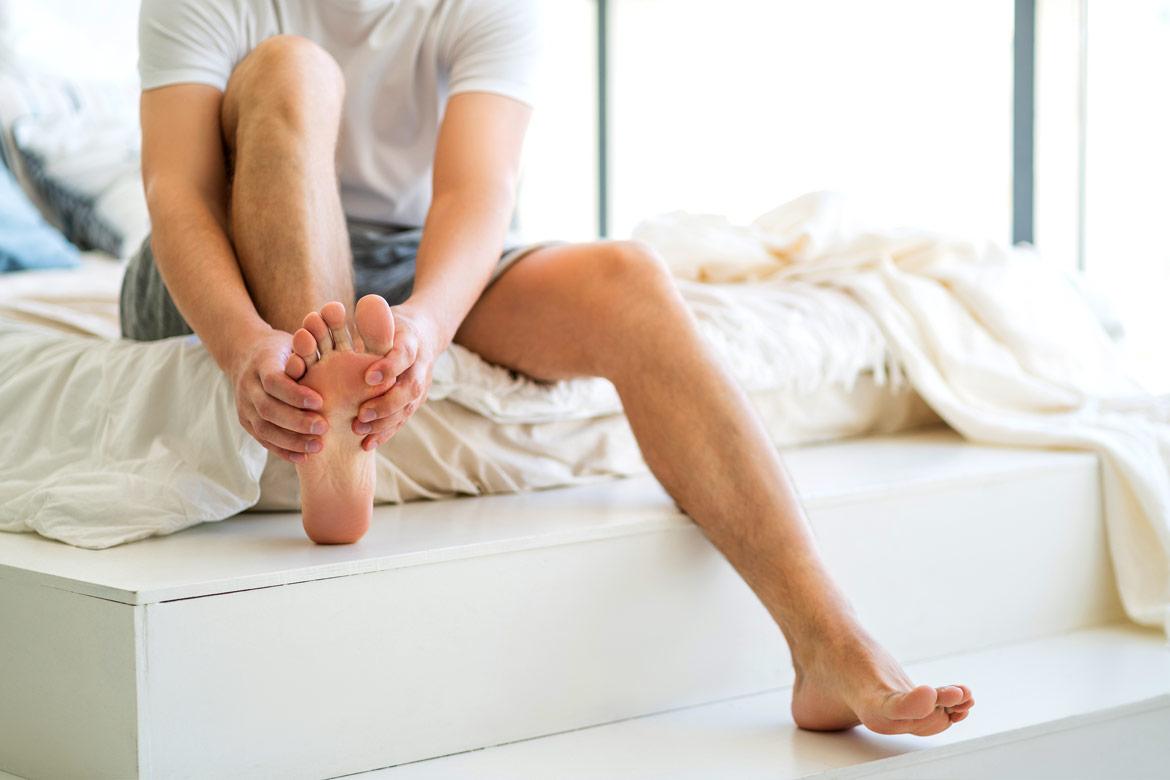-
-
Featured Care Areas

Knee Bursitis
How is knee bursitis diagnosed?
Your doctor may use your medical history and a physical examination to diagnose whether you have knee bursitis.
Physical examination
Your doctor will first conduct a physical examination of your knee by:
- Comparing the condition of both your knees, especially if only one is in pain.
- Examining your knee's range of motion and whether it hurts to bend it.
- Inspecting the skin over the tender area for redness or other signs of infection.
- Pressing on areas of your knee to detect warmth, swelling and the source of pain.
Imaging tests
To rule out injuries that can cause signs and symptoms similar to those of bursitis, your doctor might request one or more of the following imaging tests:
- X-ray to detect issues with the bone or arthritis
- Magnetic resonance imaging (MRI) to visualise the soft tissues, such as bursae
- Ultrasound scan to check the swelling in the affected bursa
Medical procedure
For suspected infection or knee bursitis related to gout, your doctor may take a sample of the fluid for testing. The procedure is called aspiration. It is done by inserting a needle into the affected area and draining some of the fluid. This procedure can also be used as a form of symptomatic treatment.
How is knee bursitis treated?
Knee bursitis often improves over time with lifestyle changes and home remedies. See a doctor for treatment if your condition does not improve.
Lifestyle and home remedies
To ease your pain and discomfort:
- Rest your knee by stopping the activity that caused knee bursitis and avoiding movements that worsen your pain.
- Apply an ice pack to your knee for 20 minutes at a time, several times a day. Do this until the pain goes away and your knee no longer feels warm to the touch.
- Take over-the-counter pain relievers. Using an anti-inflammatory drug, such as aspirin, ibuprofen or naproxen sodium for the short term can help relieve pain.
- Elevate your knee on pillows to reduce swelling in your knee.
- Use a compression wrap or knee sleeve to reduce swelling.
Medications
If your knee bursitis is caused by an infection, your doctor will prescribe a course of antibiotic treatment.
Therapy
Your doctor may refer you to a physiotherapist or specialist in sports medicine. Therapy can help to improve your flexibility and strengthen your muscles. It may also help to relieve pain and reduce your risk of recurring episodes of knee bursitis.
In addition, your doctor may recommend using protective knee braces, or compressive knee sleeves to reduce swelling.
Surgical and other procedures
More-invasive treatments for knee bursitis treatment include:
- Aspiration. Your doctor may inject a needle into the bursa to draw out excess fluid and treat inflammation. This may cause short-term pain and swelling. You may also need to wear a knee immobiliser for a short period after the injection to reduce the chance of recurrent swelling.
- Surgery to remove the bursa is the last resort if you have severe chronic or recurrent bursitis that does not respond to other treatments.
This coverage checker is brought to you by Health Insured, an online resource that helps you understand your health coverage in Singapore.
This page has been reviewed by our medical content reviewers.
Need help?
For enquiries, please call
+65 6575 7575
For appointment bookings, please WhatsApp
+65 8111 9777








